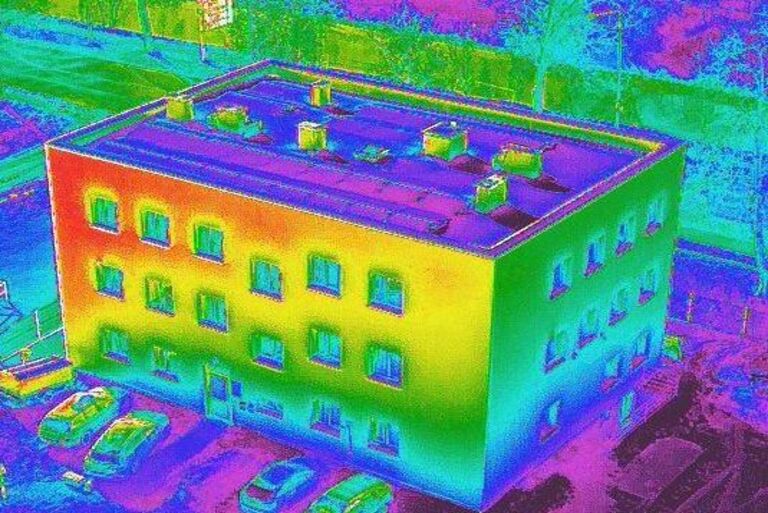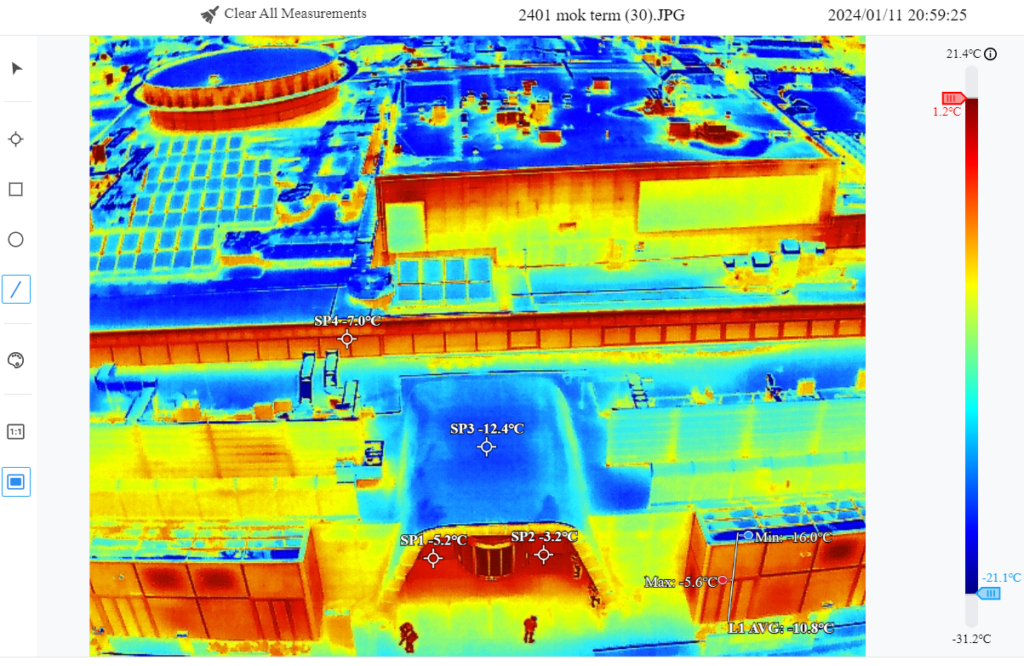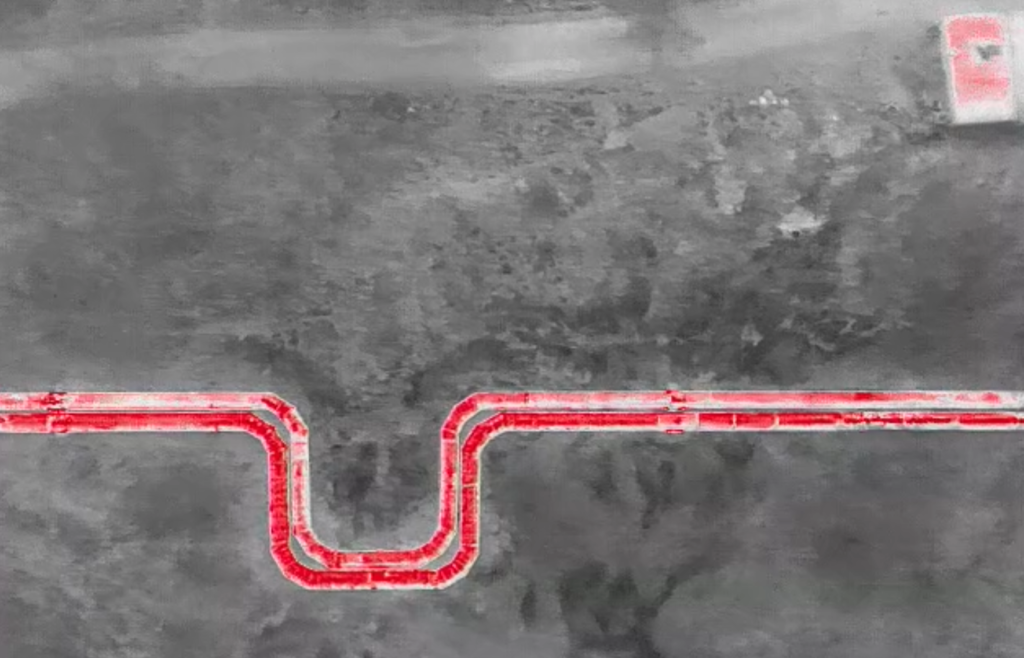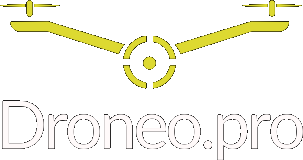
Thermal Imaging Drones: Revolutionizing Search and Inspection
In recent years, the integration of thermal imaging technology into drones has opened up a realm of possibilities across various industries. From search and rescue missions to building inspections, these drones equipped with thermal cameras are reshaping how we perceive and address challenges.
Search and Rescue Operations:
One of the most impactful applications of drones with thermal cameras is in search and rescue missions. These aerial tools can swiftly cover large areas, providing an invaluable perspective in locating missing individuals, especially in challenging terrains or during adverse weather conditions. The thermal imaging capability allows rescuers to identify heat signatures, potentially saving lives in critical situations.
Building Inspections and Hot Spot Detection:

In the realm of building inspections, drones equipped with thermal cameras become indispensable. These devices can identify hot spots within structures, indicating areas where heat is escaping. By pinpointing these thermal anomalies, building owners can take corrective measures, ultimately reducing energy waste and lowering heating costs. This proactive approach to identifying inefficiencies has transformative implications for both homeowners and commercial property owners.
Inspections of Photovoltaic Panels:
Drones are also revolutionizing the inspection of photovoltaic panels. The thermal imaging capability enables the detection of malfunctioning elements within solar installations. By capturing images in a specialized format known as R-JPEG, each object’s temperature in the frame can be analyzed. This not only allows for the identification of faulty components but also facilitates a comprehensive assessment of the entire solar array.
Creation of Thermal Maps:

A unique feature of drones with thermal cameras is their ability to create thermal maps. By stitching together vertically captured images, these maps offer a holistic view of the thermal landscape. This technique proves invaluable in detecting underground leaks in pipelines or assessing the overall health of large-scale infrastructures, such as heating systems.
Wind Turbine Inspection:
In the renewable energy sector, thermal imaging drones are making significant strides in the inspection of wind turbines. The thermal camera’s capabilities enable the detection of structural deficiencies in turbine blades. By analyzing thermal patterns, operators can identify even minor cracks or faults, enhancing the overall safety and efficiency of wind farms.
Specialized Training for Thermal Imaging Drone Operation:
While the applications are vast, harnessing the full potential of thermal imaging drones requires specialized training. Courses, typically spanning several days, cover essential aspects such as image analysis, flight programming, and safety protocols. This training ensures that operators can effectively utilize these advanced technologies in diverse and challenging environments.
As industries continue to embrace the capabilities of thermal imaging drones, the potential for innovation and efficiency gains is limitless. From saving lives in search and rescue missions to optimizing energy usage in buildings, these drones are transforming the way we approach complex challenges across various sectors. The future of thermal imaging technology in drone applications holds promise for a safer, more sustainable world.



